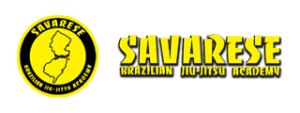What is your best skill in BJJ?
What is your best skill in BJJ?
What is your best skill in BJJ? Yesterday we looked at the problem of lagging skills in our game. Today we shall look at our strong points. What is your best skill on the mat? Is it a positional move? Like a guard pass or sweep? Or is it a submission move, like for example the Americana lock, aka keylock? How did it become your best skill? Was it a natural result of your body type? Your personality? Perhaps some technical insights from a professor, coach, a mentor or self experimentation? We are all proud of our best skills, they give us confidence and direction on the mat. When we go against a tough opponent, we naturally gravitate towards our best moves and when things get tough, we work in the hope that we can bring our best and biggest guns to bear. Now ask yourself three sets of questions. However happy you might be with your favorite skills. First, do you really maximize your potential success with that particular move? Or, can you do more with it? Second, do you use that skill or move as a lead into other moves and skills to broaden your skillset or “toolbox”? And third, what did you experience learning and developing this favorite move of yours teach you about learning in Jiu-Jitsu? Could you use this knowledge to help you learn other moves and further your progress far beyond it’s current state? What about learning things the same way off the mats? It’s natural (and healthy) to feel a sense of pride and contentment about your best moves. Keep working hard to make forward progress and learn to use past learning success, not as a place to rest and be happy, but as a springboard to further progress and development that will elevate you far above the level that you are currently at.

